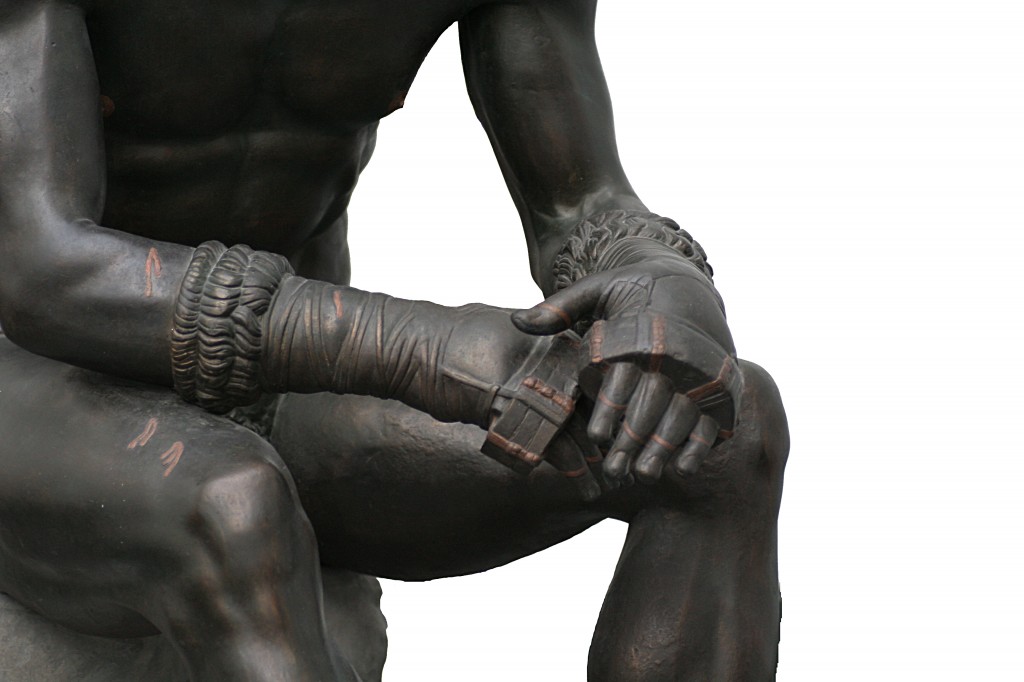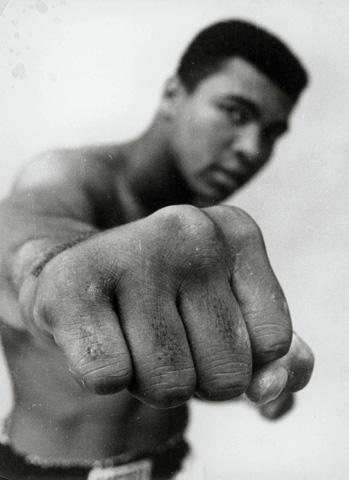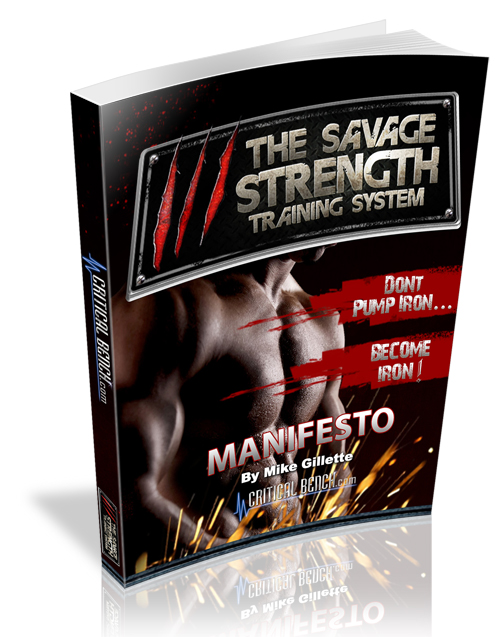
“Strength does not come from physical capacity. It comes from an indomitable will.” Gandhi
When I think of strength I don’t necessarily think of the ability to resist – which, by definition, is a part of strength – rather, I think of the ability to continually move forward. Resisting is standing still. It’s admirable to remain while others fall behind or quit, but the truly strong not only remain, they fight. They push forward. They fight and claw for every inch.
Strength is an admirable quality that we all have the ability to possess, but few make the conscious choice and effort to use this quality, because often times weakness is the easiest route.
Training for strength
Strength of will is something we can actively train, as is strength in its physical sense. You train for one in the right way, and you’re training for the other as well. By the right way I mean the following…
I have always said that it’s better to train for a performance benefit than for pure looks. Why? Because by training to improve our power, speed, strength, and stamina, we’re creating muscle that not only performs much better, but will look harder, more dense, and much leaner than it would otherwise.
So what’s the difference between training for looks and only looks, and performance?
Our muscle fibres are broken down into two types: fast twitch and slow twitch. Fast twitch muscle fibres can then be broken down further into two separate categories: type IIa – which is a hybrid of fast twitch and slow twitch muscle fibres – and type IIb, which is the classic fast-twitch fibre.
That’s 3 different types of muscle fibres that we can train. If we’re only focusing on one rep range, such as hypertrophy, we’re not going to build full and complete muscle. Which is exactly what bodybuilding and training solely for muscle within that one classic rep and time under tension range will do.
Any complete program should possess a multitude of different rep and set ranges. Our goals should also be to improve weekly in the weights we are lifting as well as the number of reps we can perform. Those two things should be our focus. That’s where our energy should be placed.
In doing so, our bodies will change and transform in ways that they wouldn’t if we aren’t actively progressing in our muscular endurance, power, and strength.
Hands made for war. Fingers made for battle.
One often overlooked aspect of strength is grip strength. Grip strength is something that we need in everyday life, in sports, and is easy to train in the weight room. Stronger hands means a greater ability to lift an object, but also a diminished likelihood of injuring our hands in a fight, for example.
train in the weight room. Stronger hands means a greater ability to lift an object, but also a diminished likelihood of injuring our hands in a fight, for example.
Here are 3 ways to improve your grip strength, and in turn, your overall strength as it pertains to real life and athletic situations:
1. Never use straps.
People go back and forth on the issue of straps. For one, it helps you lift a weight that’s heavier than you can grip which is both a positive and a negative. When you get into those real life and athletic situations where straps aren’t available you’re going to be in trouble.
By using straps you’re also not working on your grip strength – which is one of the most important aspects of strength. So throw away your lifting straps and work on strengthening your hands.
2. The farmer’s walk.
The farmer’s walk is one of my favourite exercises. It’s great for trap development, forearms and grip strength, as well as core development. Make sure you’re keeping an upright posture with your back straight and shoulders back. And really, really focus on squeezing the dumbbells. Don’t just hold them, squeeze them.
I find this exercises is done best when it’s completed to failure. Grab a heavy weight, walk 10-15 steps, turn around, and walk back. Aim for 2 reps of there-and-backs. If you fail along the way, awesome. But make sure the pain is there on that last rep. If it isn’t, you’re not lifting a heavy enough weight.
3. Finger push-ups.
This is an exercise that has been done by fighters for years. It’s one of the best ways to train for hand and finger strength in a way that’s pretty hard to replicate.
It may be hard on the fingers – especially the thumb – at first, just do what you can, and progress each week. After a while start doing them with a weighted vest or a plate on your back.

I don’t mean to harp on the industry that I’m technically in, but there aren’t a lot of great, pure, strength programs out there that help us with functional strength, power, and ripped, dense muscle. But a guy named Mike Gillette, a former SWAT Commander and Executive Bodyguard, has created a program that blows every other strength program out of the water.
His research and experiences have taken him through many different worlds and disciplines. They have ultimately produced a body of knowledge which has been put to use by clients ranging from armed professionals to ordinary people who must operate in extraordinary circumstances.
I’ve had the opportunity to try Mike’s program and it’s awesome. He has some unique training methods that can help us build strength like few – if any other – programs can do.
Some of what he says goes against what I believe to be the truth about lifting. But I’ve tried his techniques and they work. There’s never only one way to train, but Mike’s program is a cut above the rest when it comes to strength training.
Check out Mike’s story – and a few of his unique training tips here:


